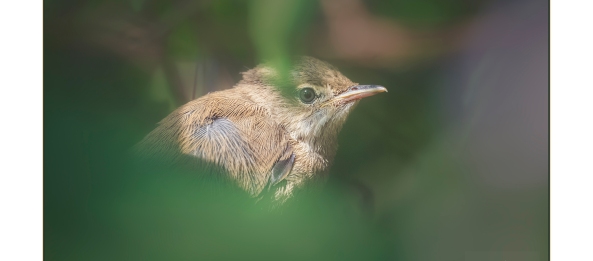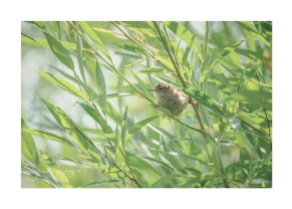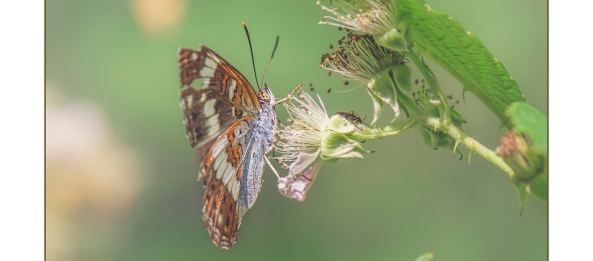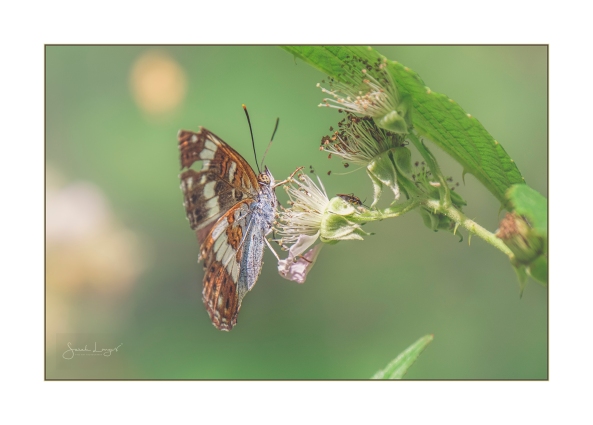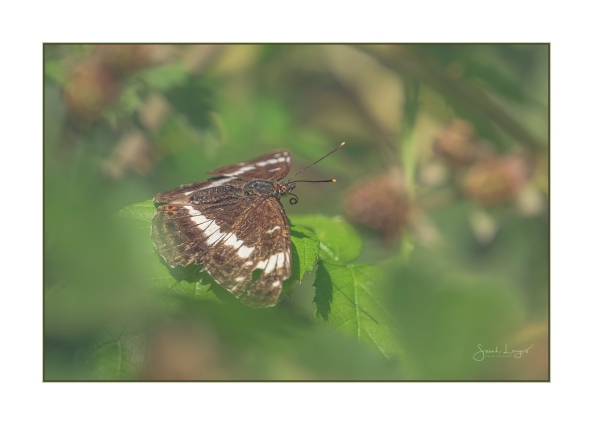
ShareMondays2020 – Caught In A Lightbeam
I had the most beautiful encounter with a family of whitethroat at Papercourt Meadows last Friday. I’d missed the arrival of these wonderful summer migrant birds while I was shut indoors, shielding. What a wonderful and welcoming return for me to one of the local birding sites, being greeted by these gorgeous fledglings! The adults are starting to look rather untidy (pressures of parenthood and the start of the moult!) so I will keep their modesty intact and not share their photos. The fledglings are doing quite well picking insects from the buddleja and brambles, but they’re still demanding plenty of feeds from their parents!
The meadows are looking wonderful! A great variety of grasses and wildflowers that provides such a fantastic habitat for lots of insects and birds. Distant, but wonderful sighting of the kestrel, hovering over the grassland, and so many wrens singing their little hearts out!
A fabulous array of butterflies greeted us too! Peacocks, red admirals, gatekeepers, commas, large and small whites, skippers and absolutely stunning ringlets! They have fabulous false-eye markings and really shimmer in the light.
I shall definitely be returning soon to collect numbers for the Big Butterfly Count for Butterfly Conservation! You can join in the annual citizen science survey HERE. Have a great week everyone!

